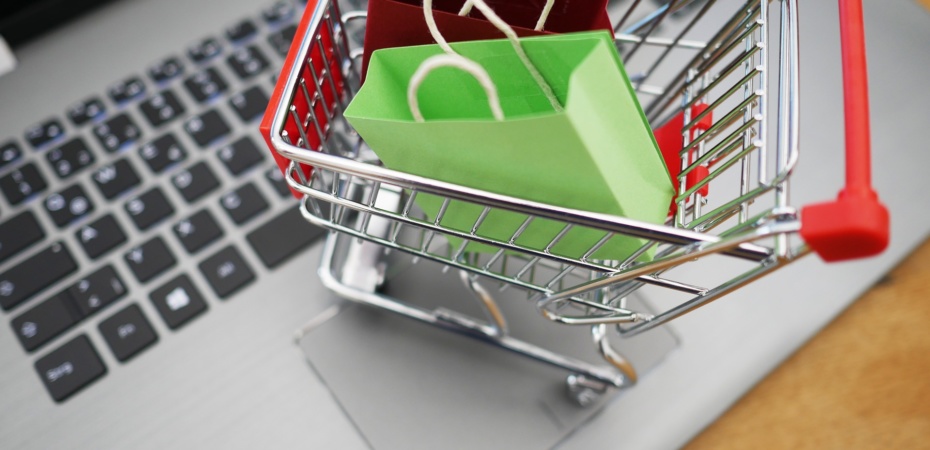This article was updated on 16 November 2023
The headlines tell us inflation is now four per cent (4.6 per cent, actually). But what does that mean?
It means that something that cost us £1 last year now sets us back £1.04.
The rate has fallen in recent months though. Inflation was above 10 per cent for a while, so the four per cent price rises are coming on top of those huge increases we saw previously.
For prices to start coming down, we’d need to see deflation. So for now, prices are still rising even though the rate of inflation is falling. Confused? Read on…
Now the ONS, which makes the calculation, will be using a new way to keep track of prices.
It’ll look at data from supermarket and shop tills. That means it’ll get a truer snapshot of what the majority of us are actually buying and how much we’re paying.
Inflation explained
Even four per cent is high for inflation – the government aims to keep it below two per cent. Otherwise it’s hard for us to plan our spending and for businesses to know what prices to charge.
In fact, if inflation strays more than a percentage point from the two per cent target, the governor of the Bank of England has some explaining to do. They have to write to the Chancellor and explain how they’re going to bring it back in check.
(Some inflation is seen as a good thing though. Although prices falling in the shops sounds like it should help us all out, when we spend less employers can go bust and people lose their jobs.)
The inflation rate is calculated by the Office for National Statistics (ONS), based on a ‘shopping basket’ of 720 typical things we might buy.
Except in the past they haven’t been that typical. To be fair, they do move with the times and mix it up to reflect our changing shopping habits. They recently started to include hand sanitiser, for instance.
But the focus has been on what people with a bit more cash might be buying. For example, they’ve also added in smartwatches and smart wifi lightbulbs – items that anyone on a tight budget can only dream of.
So, the actual rate of inflation for those of us on low incomes is really much higher than four per cent.
Which is why the plan to keep track of what shoppers are really buying with supermarket data is good news.




